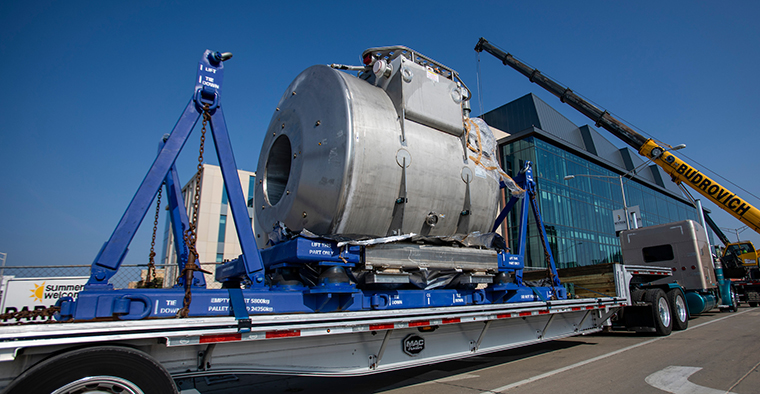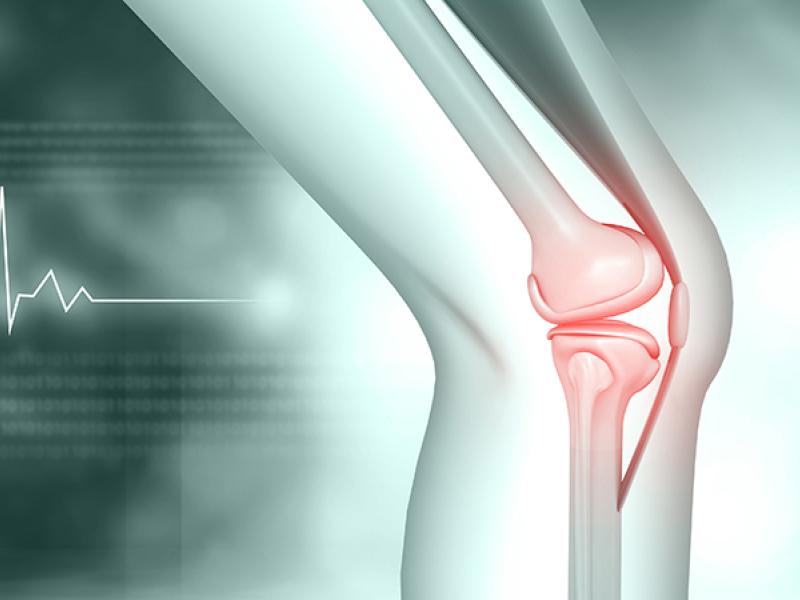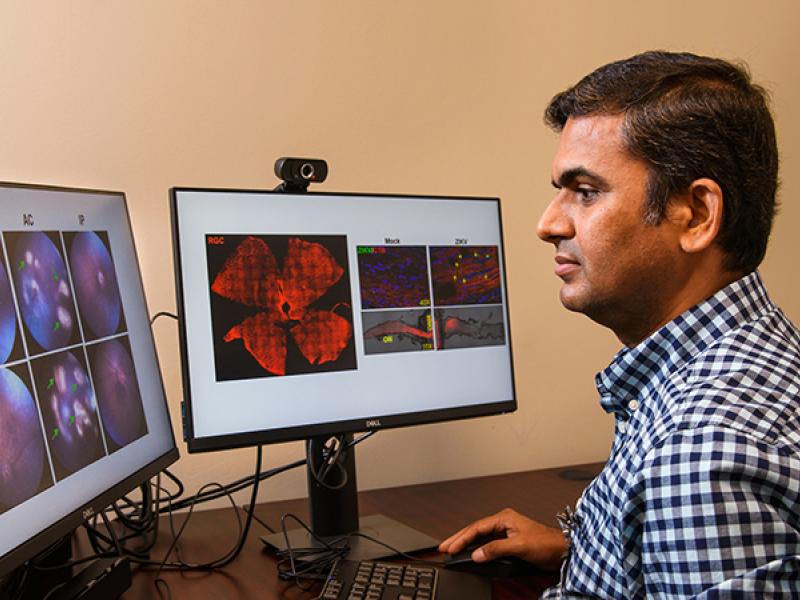The University of Missouri School of Medicine Department of Radiology includes some of the nation’s leading scientists and clinicians in the areas of radiological imaging, therapeutics, chemistry, nanomedicine, and molecular medicine.

Basic Radiology Research
Our academic faculty have a diverse scope of interests including nano particle testing and the development of new imaging tracers for cancer detection and treatment. Their projects are industry sponsored, investigator initiated or funded through intramural grants. Overall, their combined work serves to understand and develop new technologies, processes, and chemical formulations that have the potential to translate into new medicines. They have been leaders in producing several widely used radiopharmaceuticals, including: Ceretec™, the first brain imaging agent; TheraSphere®, a treatment for liver cancer; and Quadramet®, an agent designed to relieve the excruciating pain associated with metastatic bone cancer.
Our researchers benefit from unique resources located on the MU campus:
- University of Missouri Research Reactor, the most powerful university research reactor in the country
- One of the nation’s most advanced biomolecular imaging centers, which produces high resolution anatomic and molecular images of rodents for radiopharmaceutical and other biomedical research
- Radiopharmaceutical Sciences Institute, which serves as a catalyst for development of world-class interdisciplinary research and educational programs
- MU Center for Translational Neuroscience, creating a well-structured platform to connect, co-ordinate and support investigators in various disciplines.
- Pulmonary Imaging Research Lab (PIRL), developing treatments for various pulmonary abnormalities such as asthma, COPD, cystic fibrosis, bronchiolitic obliterans, among others
In addition, many of our faculty have joint appointments at the Harry S. Truman VA Hospital which expands the population which our research can serve.





